Gray Triggerfish Nesting Behavior – Mert Gökalp | AQUADIARIES (2018)
The evolutionary origins of nest building behavior in vertebrates are deep rooted and go all the way back to the fish. The behavior can be very complex with stunning results such as that of the Japanese puffer fish. Here in this short observation an underwater cameraman and filmmaker Mert Gökalp captures a few distinct scenes from the Gray Triggerfish nesting behavior in the Eastern Mediterranean town of Kaş. This fish colonized the Mediterranean through the Gibraltar and reached the farthest […]

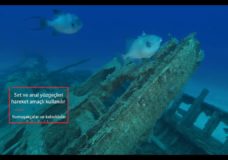
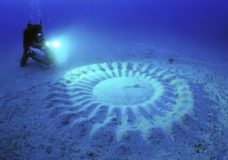
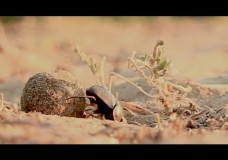
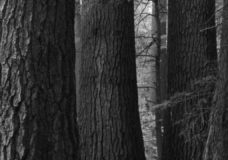
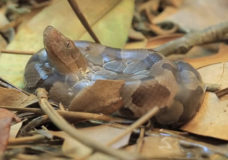
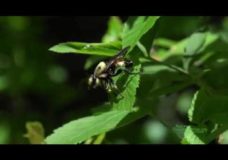



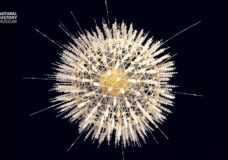
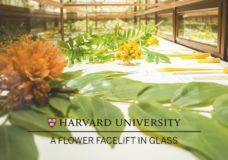
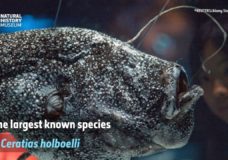
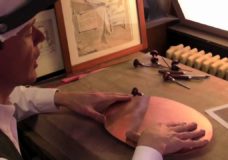
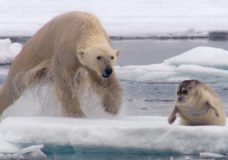


Recent Comments